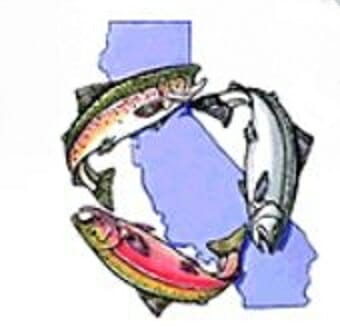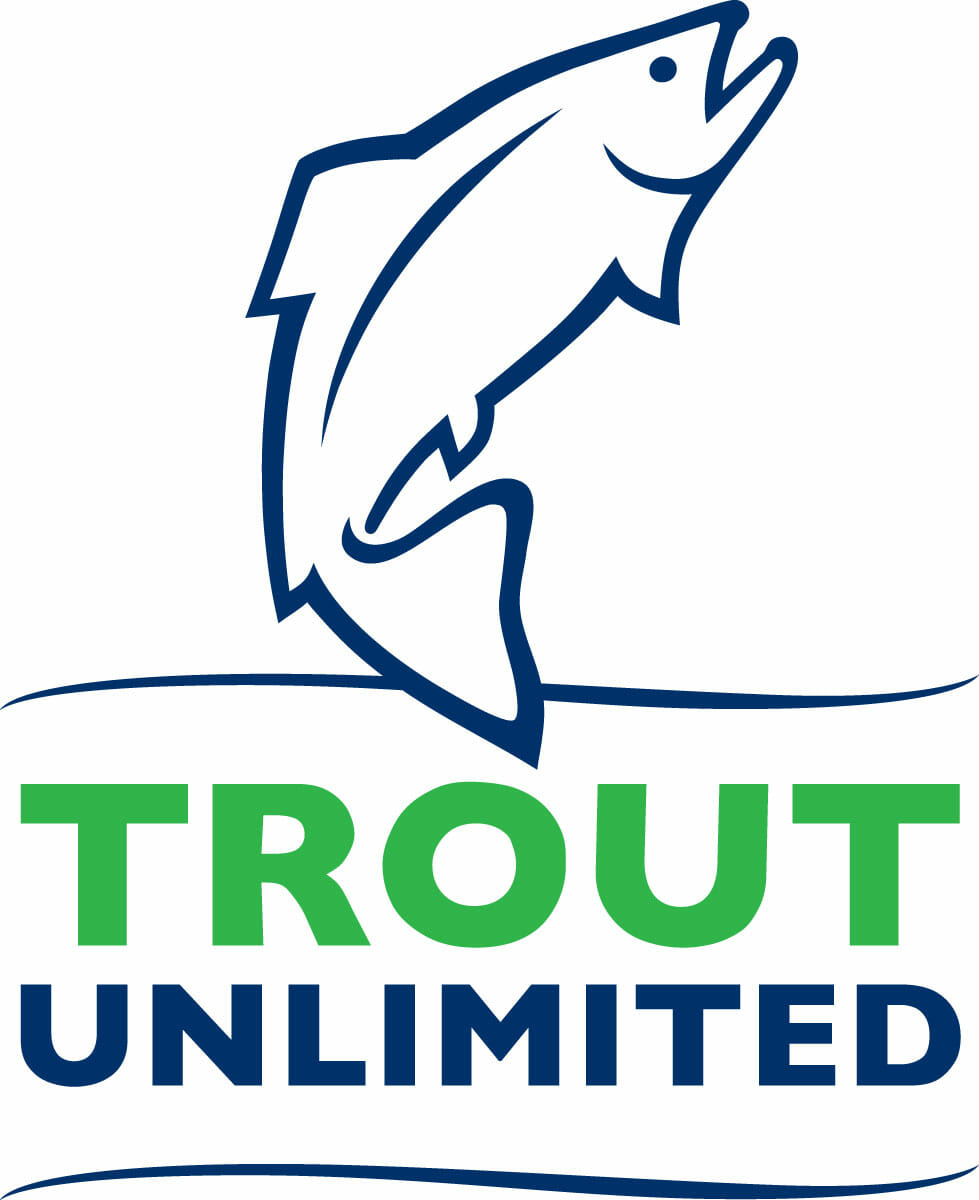


FOR IMMEDIATE RELEASE
November 2, 2018
Contacts: Anna Halligan, Trout Unlimited, 707-734-0112, ahalligan@tu.org
Dana Stolzman, Salmonid Restoration Federation, 707-923-7501, srf@calsalmon.org
Trout Unlimited and Salmonid Restoration Federation Produce First-ever Large Wood Technical Field School A Tremendous Success for the Restoration Field
The North Coast Coho Project of Trout Unlimited (TU) and the Salmonid Restoration Federation (SRF) announced today that more than fifty participants successfully completed the first-ever Large Wood Technical Field School and called the event a tremendous success.
Installation of large wood structure (primarily tree trunks and root balls) in coastal streams north of San Francisco has proven a highly effective technique for restoring and improving habitat for Coho Salmon, now one of the rarest native fishes in California.
The two-day Field School, conducted in Caspar, California on October 30-31, 2018, provided scientific and hands-on instruction for forestry and restoration professionals in both engineered and non-engineered large wood augmentation techniques. The field school sold out months in advancetestament to the growing recognition that this restoration technique provides rapid and significant benefits for habitat complexity and is an important tool in the region-wide campaign to bring back Coho in California. The participants included convening engineers, planners, heavy equipment operators, scientists, and on-the-ground practitioners from diverse affiliations including tribes, forestry companies, consulting firms and regional, and state and federal agencies.
The Large Wood Field School was funded by the State Water Resources Control Board Timber Regulation and Forest Restoration Fund.
Anna Halligan, director of the North Coast Coho Project, said, The first-ever Large Wood Technical Field School exceeded expectations in every way, especially in demand for participation and quality and breadth of the curriculum. For Coho Salmon in California, there is no time to lose. We have learned a lot about strategic placement of large wood structure in coastal creeks to restore and improve habitat for fish, and it is very important that all stakeholders working on Coho recovery understand and utilize the most cost-effective and productive habitat restoration tools.
TU and SRF are long-time partners in the collective effort to restore habitat and improve fish passage in coastal streams north of the San Francisco Bay. Driven by the plight of native coho salmon, now endangered in California, this effort tiers to federal and state species recovery plans and has made considerable progress over the past twenty years. In 2017 alone, for example, the North Coast Coho Project installed ~725 pieces of large woody material in over 11.5 miles of North Coast streams and removed or restructured 3 major fish migration barriers.
Dana Stolzman, Executive Director of the SRF, said, The high demand for the technical field school highlights both the efficacy of this kind of stream treatment and its utility for resource agencies, timber companies, and other key partners in the collaborative effort to recover the Coho Salmon. We thank the State Water Resources Control Board Timber Regulation and Forest Restoration Fund and all the participating partners for their help in making this event a tremendous success. Now, we need to translate this know-how to even more on-the-ground habitat and stream-channel improvements.
Participants in the 2018 field school learned how to design and implement large wood restoration projects through identification of geomorphic conditions of a treatment stream and selection of appropriate implementation methods to achieve desired results. Each day included classroom lectures, hands-on activities, field demonstrations, project site tours, and group discussion. The hands-on group activities included buoyancy and other engineering computations and the construction of large wood site scenarios in the classroom, as well as an on-site overview of heavy equipment implementation techniques. Additional topics included project site identification, project layout, and design considerations.
Presenters at the 2018 Large Wood Technical Field School were (view their presentations here):
- Chris Blencowe (Blencowe Watershed Management, Inc.): Accelerated Recruitment: Cost-effective Restoration Techniques for Enhancing Instream Habitat in California Coho Streams
- Ken Smith (Pacific Inland, Inc.): Selecting and Sourcing Trees for the Accelerated Recruitment Approach
- Mike Love and Rachel Shea (Michael Love and Associates, Inc.): Restoring Woods Essential Role in Controlling Channel Grade and Stability in Small Streams; How to Keep Your Wood from Floating Downstream: Interactive Computations for Stability of Large Wood Structures
- The California Conservation Corps: 30 Years in the Making: California Conservation Corps Instream Large Wood Restoration Techniques: Site Selection, Site Layout, and Design
- Tom Leroy (Pacific Watershed Associates, Inc.): Case Studies of Non-Engineered Wood Loading in Low Risk Environments: Identifying Project Objectives and Techniques
- Margie Caisley (California Department of Fish and Wildlife): When is a Large Wood Project a Success?
Nota bene: The Large Wood Field School Project has been funded wholly or in part by the State Water Resources Control Board (State Water Board). The contents of this document do not necessarily reflect the views and policies of the State Water Board, nor does the State Water Board endorse trade names or recommend the use of commercial products mentioned in this document.
Founded in 1959, Trout Unlimited is Americas largest and oldest sportsmens organization dedicated to conserving, protecting and restoring trout and salmon and their watersheds.
The Salmonid Restoration Federation is dedicated to promoting restoration and stewardship of Californias native salmon, steelhead, and trout populations and their habitat. SRF has been working since 1986 to advance the art and science of habitat restoration for Californias salmonid species and provides crucial educational services for landowners, community-based restoration organizations, consultancies, and state and federal agencies.
Photo: Dana Stolzman, SRF. Reproducible with attribution.
# # #

